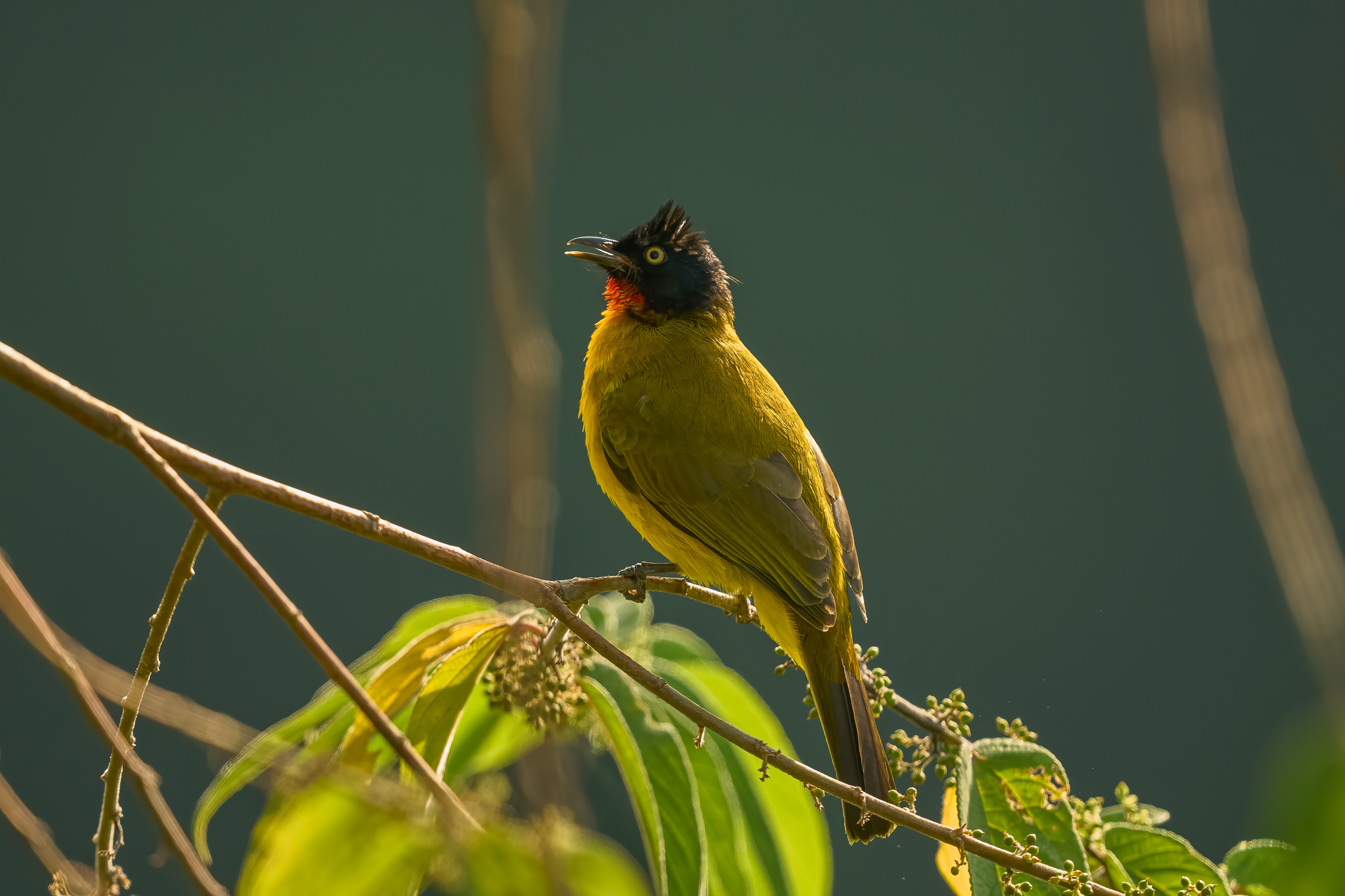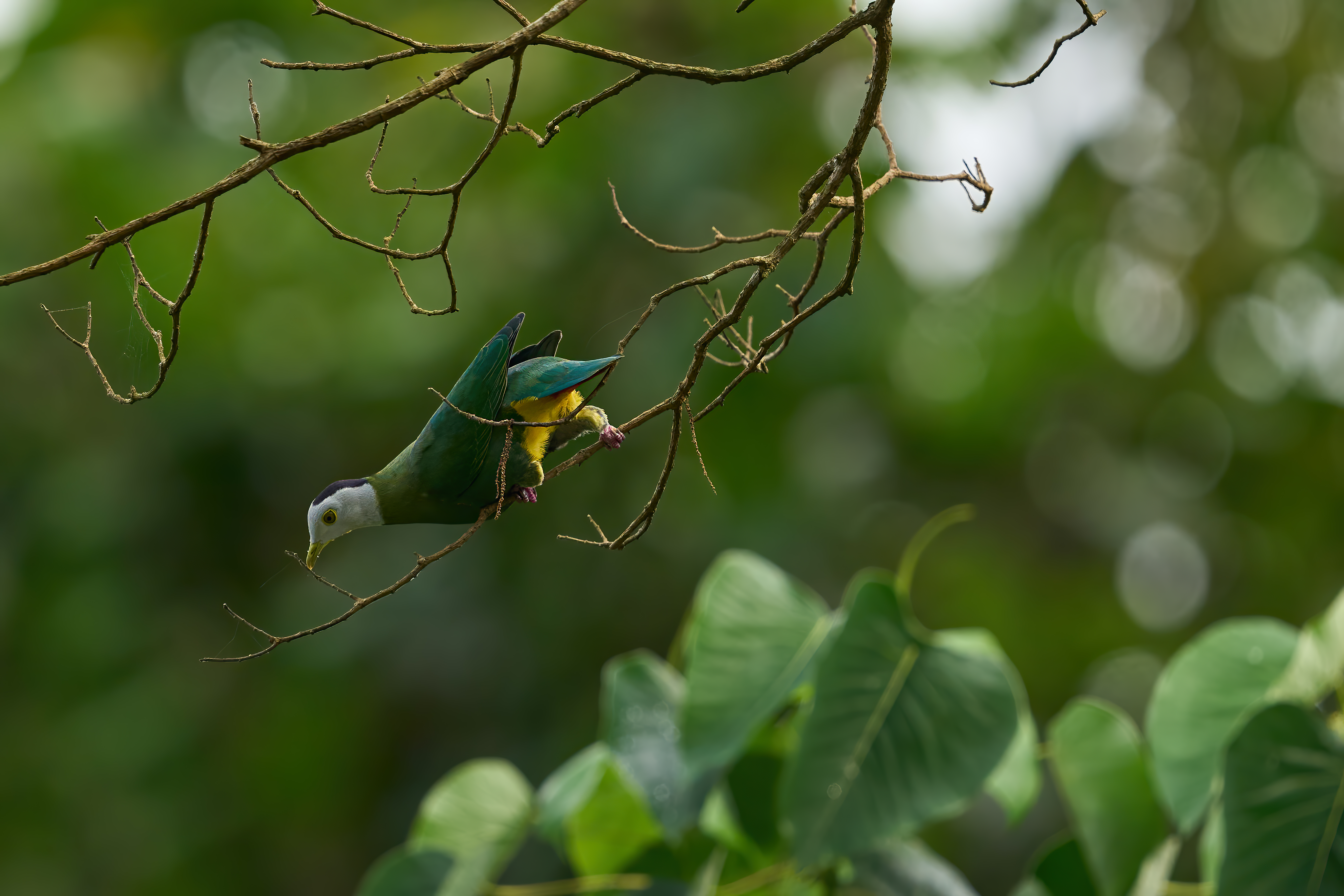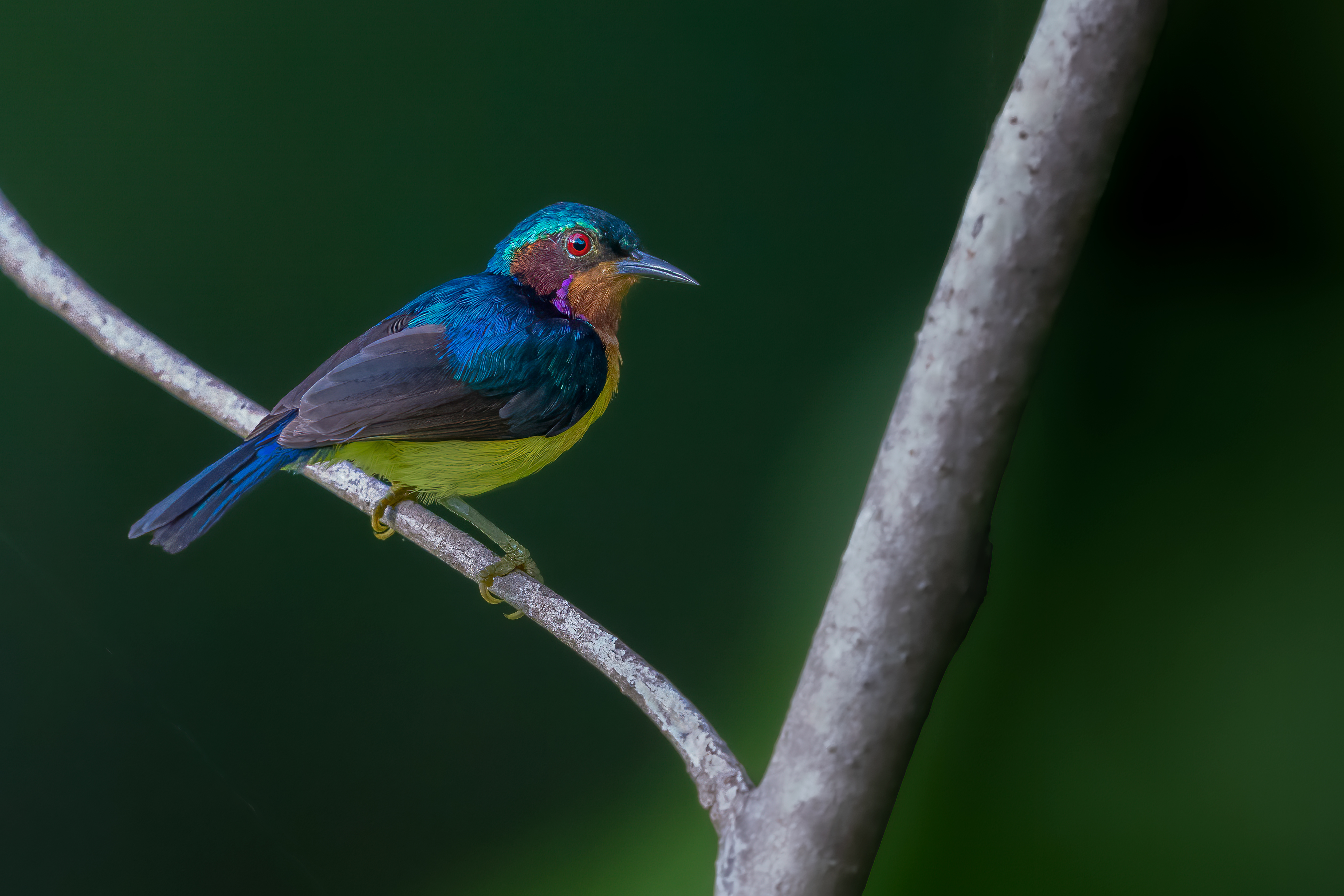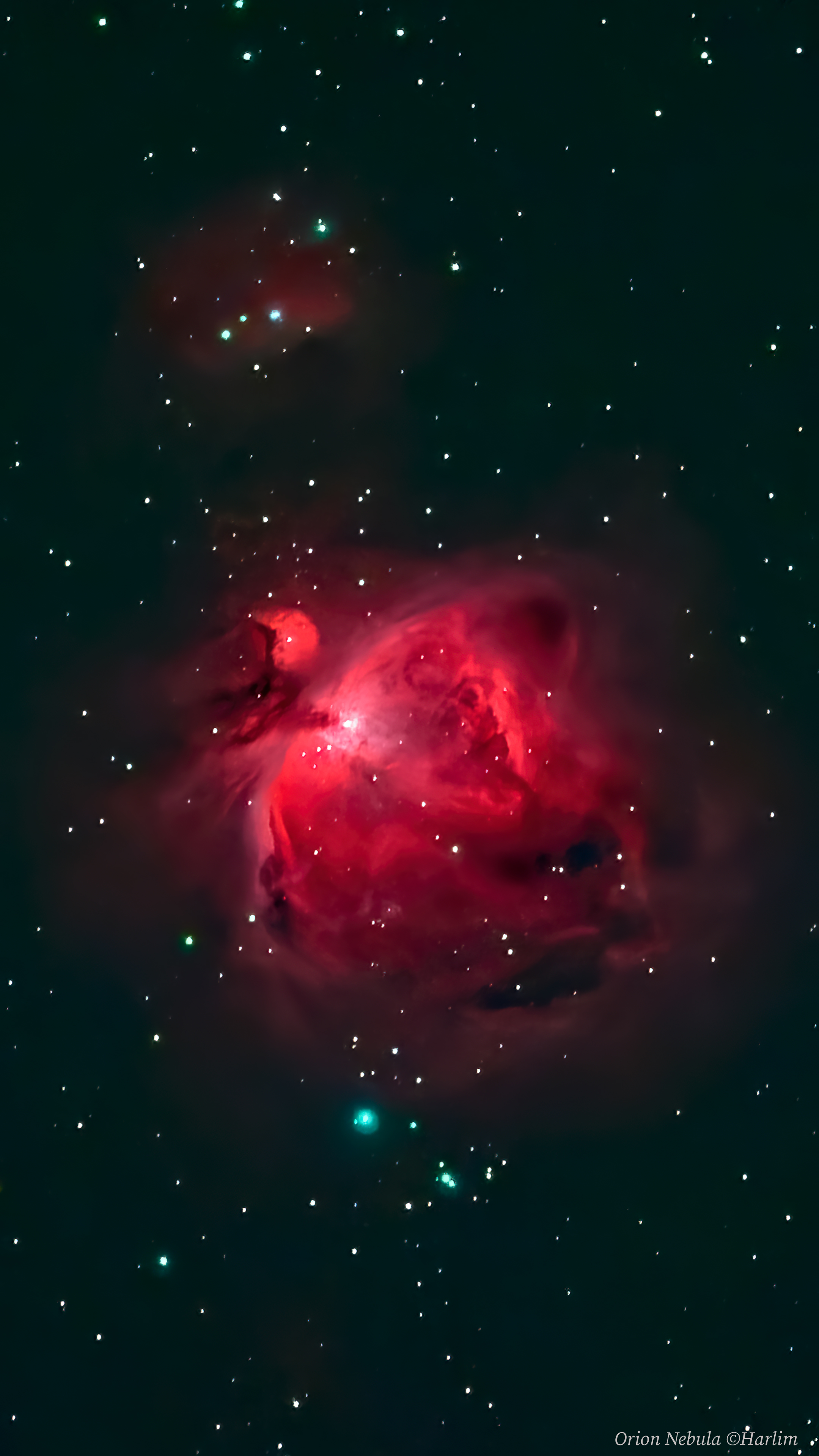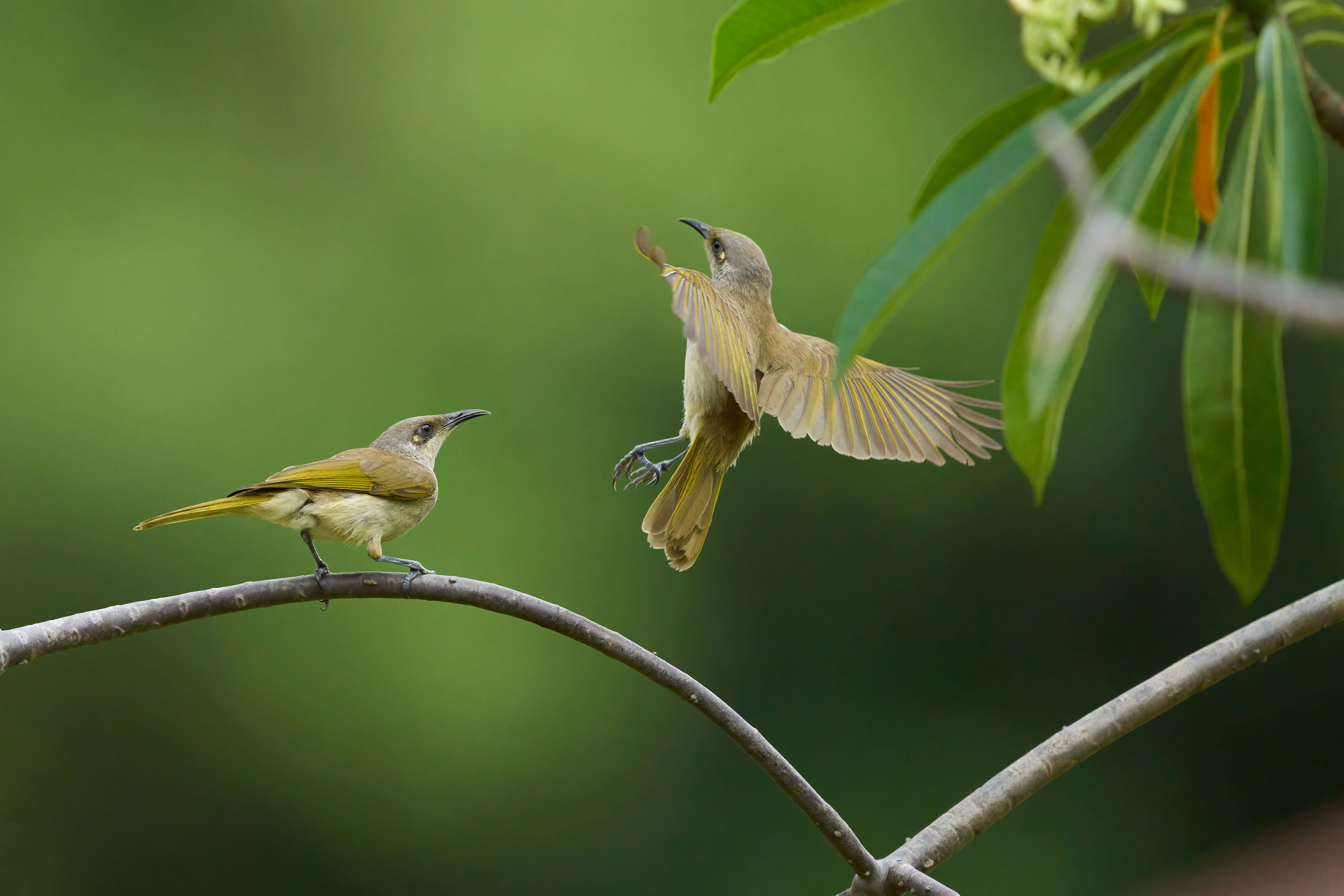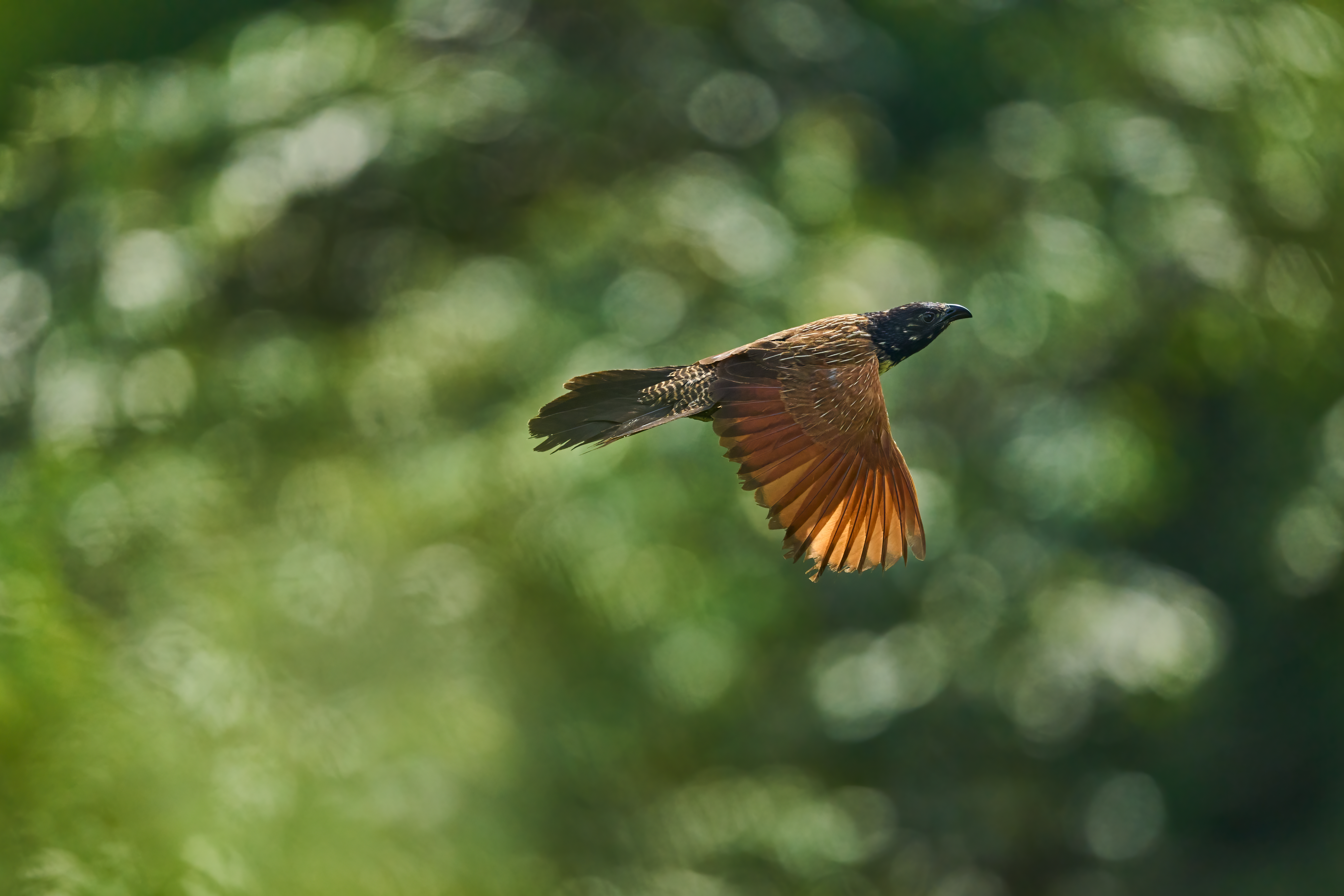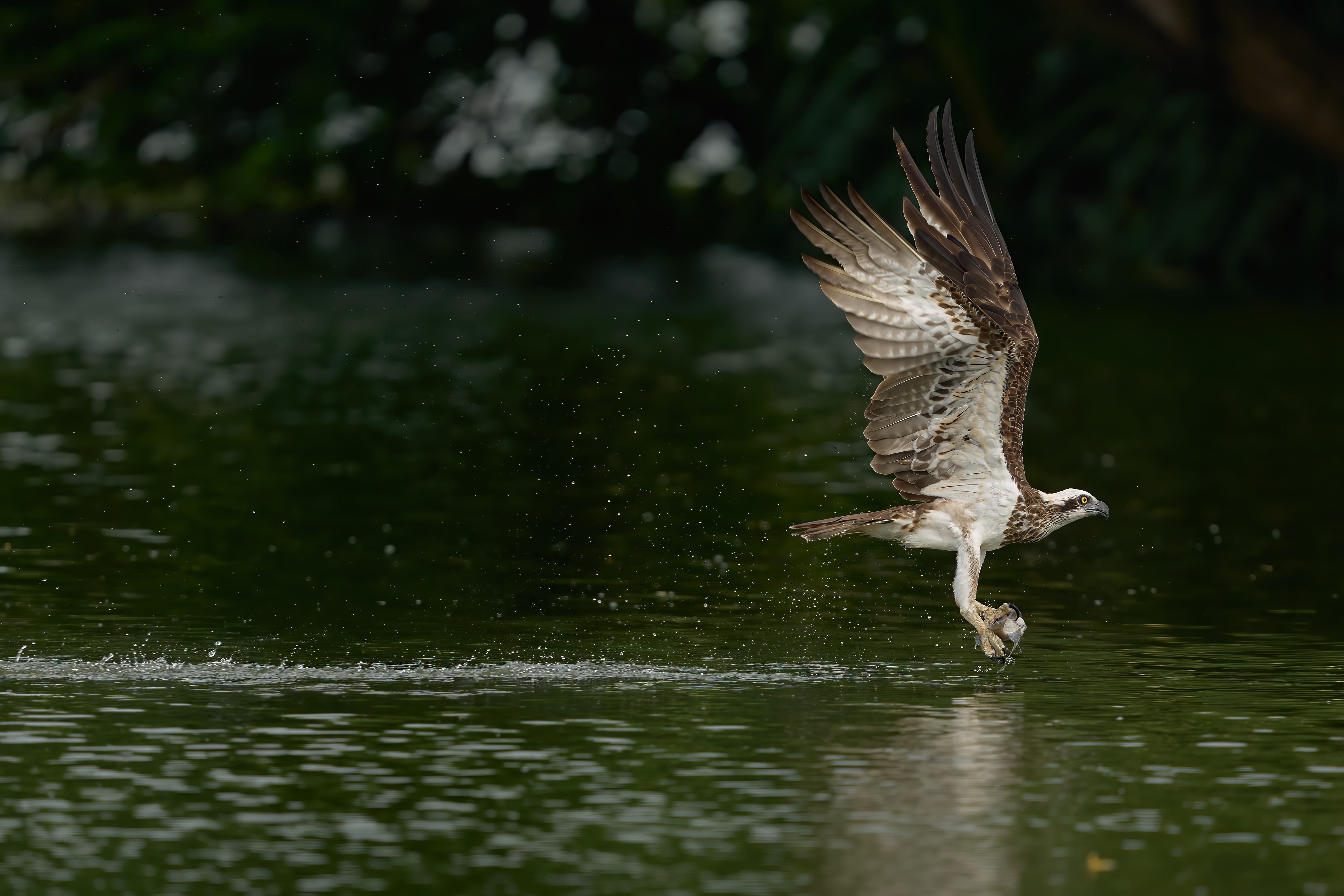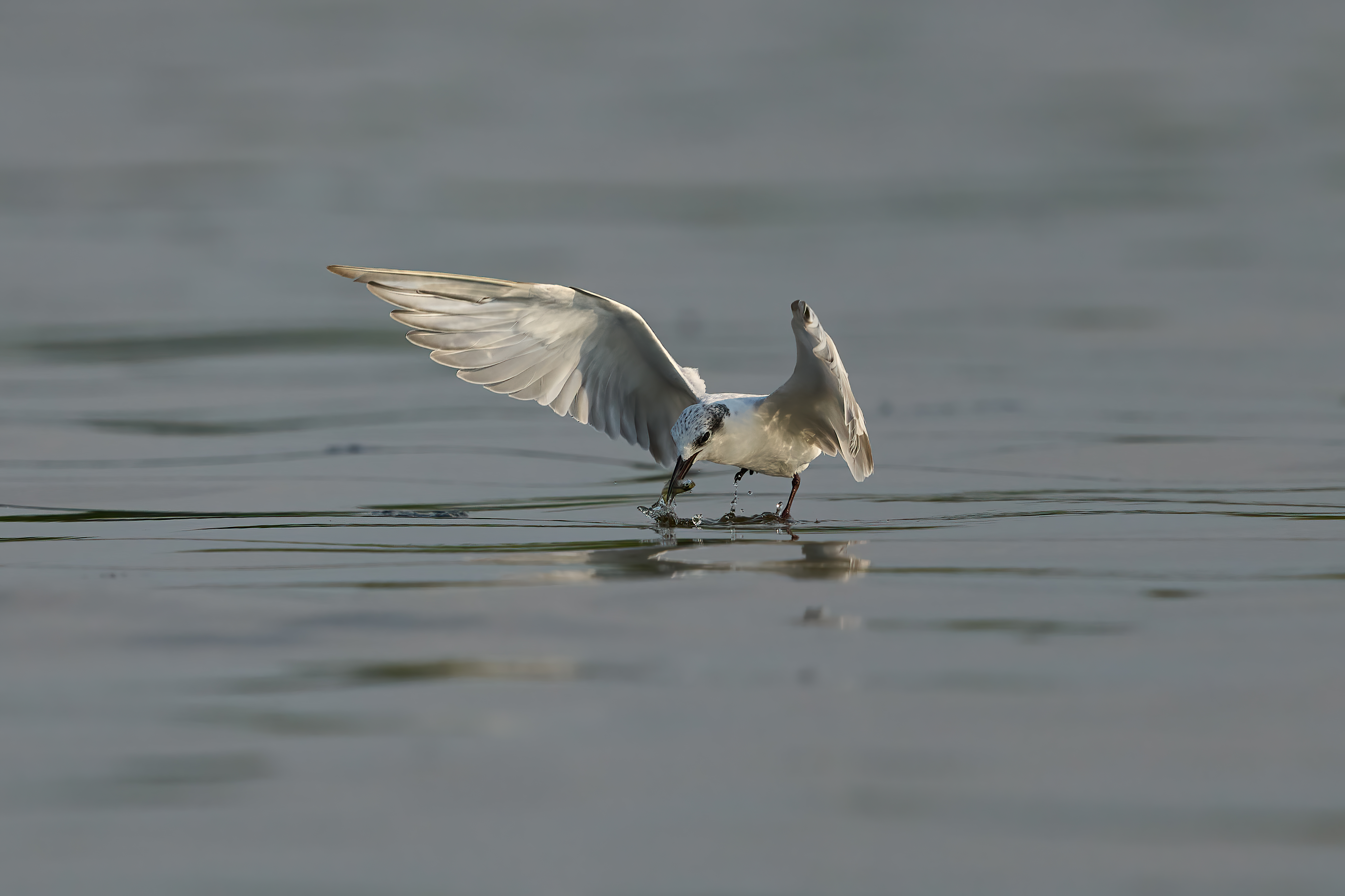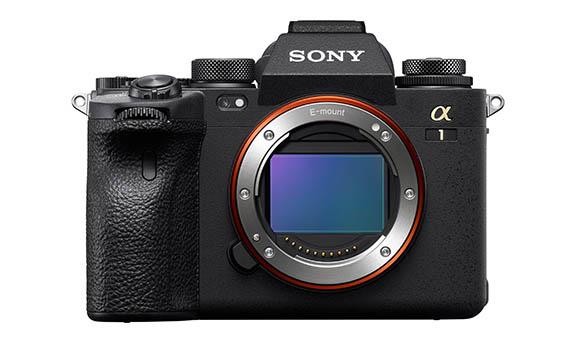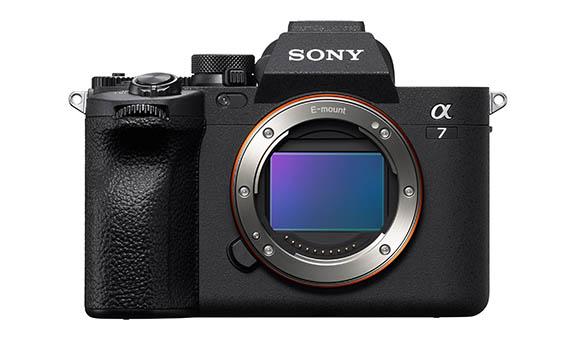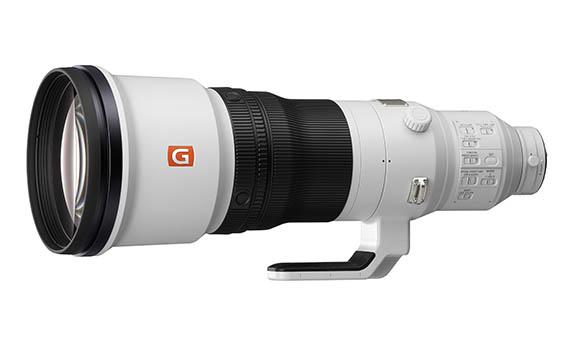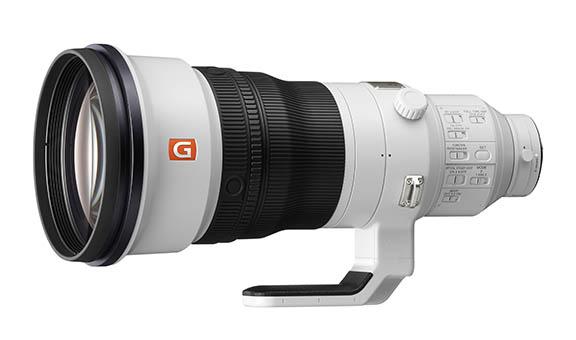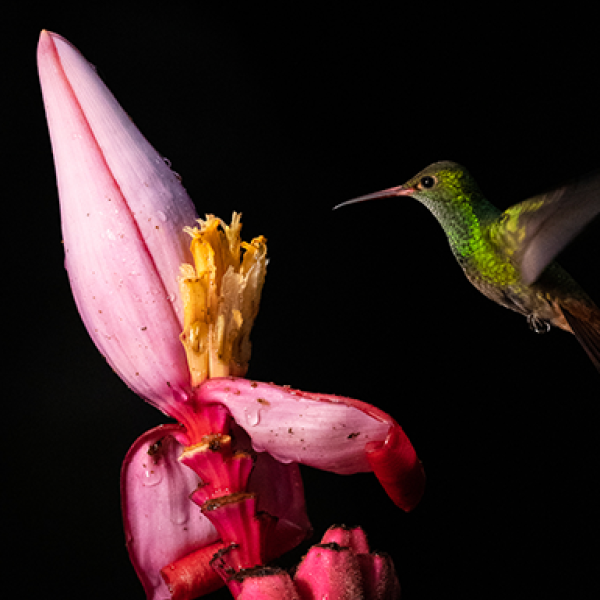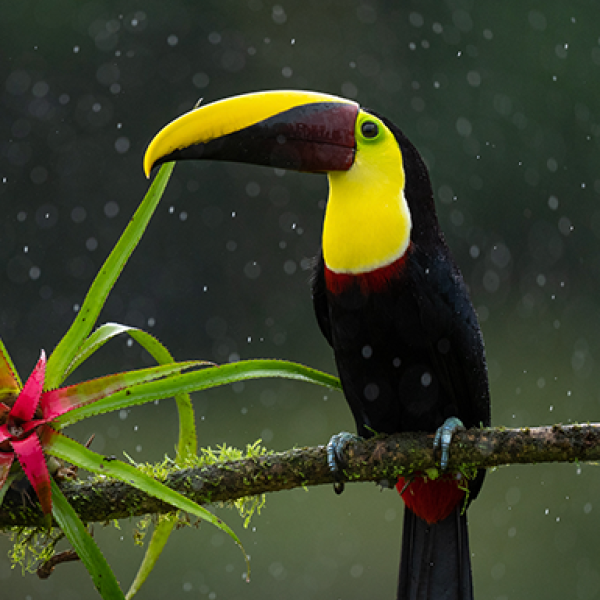Rediscovering the passion for photography
In the past two years, the uncertainty of circumstances drove Indonesia-based nature photographer Harlim to pick up his camera and rediscover his passion for photography. In his pursuit of elevating his skills in his chosen field, he ventured into birding and deep sky object photography. Today, his newfound love for photography has inspired a community of Indonesian photographers to keep the passion alive amid the waves of challenges.
We sat down with Harlim to talk about his journey in expanding his knowledge of photography and how his work has helped a new generation of photographers.
You explored new genres of photography in the past two years. How did you rediscover your passion for photography?
I used to travel domestically and abroad to do nature photography. Traveling was a part of my daily life. In the past two years, we had to face travel restrictions and I was motivated to seek new opportunities that I might have missed pre-pandemic.
I took the time to learn new things and rediscover my passion for photography, especially exploring new genres of photography. I decided to make the best out of the situation and began to focus on birding photography and deep sky object (DSO) photography using FE 400mm F2.8 GM OSS (SEL400F28GM) and FE 600mm F4 GM OSS (SEL600F40GM) lenses with a magnitude of 1 to 14.1.
It’s great that even as a professional, you are still venturing out of your comfort zone in photography. Of course, this doesn’t come without its ups and downs. What were some of the challenges you encountered this period and how did you overcome them?
One of the challenges was not being able to travel around easily to practice nature and landscape photography. I delved into birding and Deep Sky Objects (DSO) photography because I can try it out without needing to travel a great distance. I did birding photography in the city forest, secondary forest, and nature reserve around my neighborhood. DSO photography was done on the outskirts of the city, where there is less air and light pollution. I also started still life photography, which can be done around the house.
Of course, I share my work through social media networks, which has gotten traction from the local photography community. I began to receive requests for private mentoring of birding photography to guide them in using the Alpha 7R IV and FE 200–600 mm F5.6–6.3 G OSS (SEL200600G). From one to two requests, my birding photography community has continuously grown since.
An opportunity for this profession (birding photography) has opened with the launch of the Alpha 1, which could detect AF/AE of up to 120FPS and 30FPS at 8K and 4K videos. It also has real-time bird eye detection on still images and AI-based real-time tracking on video.
How did you get into birding and DSO photography?
Birding and DSO are not new to me. I explored birding photography from 1996 to 2005. However, I decided to focus more on landscape photography after. Two years ago, I saw a lot of SEL200600G owners in my community who didn't have activities with that lens, and so I had the idea to start exploring birding photography again. It started with inviting one person and he shared his photos on a WhatsApp photography group, while I shared mine on Instagram. From then on, my Instagram followers in other cities wanted to try birding too.
Meanwhile, I started exploring DSO around 2019, and I used FE 400mm F2.8 GM OSS and FE 600mm F4 GM OSS lenses. I got to say, the FE 400mm F2.8 GM OSS lens is the dream of any DSO photographer, and this is something I’ve known even before I began using it. The brightness of objects in the sky is measured through a unit called apparent magnitude. The scale is backwards, meaning the larger the magnitude, the fainter the object. To give a better perspective, the apparent magnitude of a sun is -26.74. A 400mm lens is usually preferred by many DSO photographers since it can capture even the fainter elements with around 13.3 magnitude in the deep sky.
Other DSO photographers use a refractor telescope. This is similar to a telephoto lens, but it is not designed with autofocus, and significantly heavier in weight. A refractor telescope with 142-150mm diameter can weigh up to 10kg, whereas a telephoto lens weighs less than 3kg. Since both can basically capture the same apparent magnitude, a photography lens is easily the better choice.
Both birding and DSO photography motivated me to invite Indonesian nature/landscape photographers to explore these genres. Currently, Indonesia has an estimated 1,722 bird species, which means a wide array of birds to photograph. This makes it exciting to explore birding photography in the country.
Tell us about your experience on birding photography in the city?
In big cities like Jakarta, there are still a number of birds flying around, and some of them are still wary that humans will catch them. They tend to hide within clumps of leaves, which creates the challenge of distance and visibility.
The best solution for this is to have a lens with a long focal length so that there is a longer time to take pictures, before the birds realize that a camera is pointed at them and fly away. When they are hiding behind the leaves, I remember to keep a light footing and to be very conscious of the noise made with every movement.
It’s interesting to observe how the birding community has grown over time. Can you share with us more about this?
I often share my photos on Instagram, and the birding community has increased since I started posting. There are different birding communities in every city, for example, wildlife birding and concept birding.
Members of these communities constantly upload their birding photos and videos online. The community is growing, and the members are especially motivated by the works of those who use the Alpha 1 or Alpha 7 IV.
Birding photography invites us back to nature to breathe fresh air and relieve stress, especially pandemic-induced anxiety. The Alpha 1 and Alpha 7 IV make it easy for anyone to approach birding photography! Additionally, this hobby can even be developed into a profession.
It's also fun to dig up information about the species we spot in our shoots. The information is already available on the internet. In our community, I would also suggest studying birding ethics and animal protection laws in each country.
These new experiences significantly help in expanding your knowledge in photography. How do you think all this, including your experience in mentoring budding photographers, has changed your work as we ease into a new normal?
In late 2021, my birding photography community tried something new—birding videography—alongside the launch of the Alpha 7 IV, which has video capabilities with real-time bird eye autofocus. This is a new thing that I can incorporate more of in my work.
Every change in life will create business opportunities and arrangements. During the lockdown period, we learned new things, which of course, made it easier for us when the travel restrictions were lifted. Since I was able to explore new genres of photography, I can take up not only nature photography, which I was already accustomed to, but also birding and DSO photography in all my travels.
As long as we don't stop trying, we can always use every opportunity to forge new paths.
What other genres of photography can you recommend to hobbyists or amateurs who are struggling with harnessing creativity and exploring other opportunities ?
In general, hobbyists have a big thirst for curiosity that they need to quench. I suggest looking at and studying other people’s work as an inspiration to find ideas on how they would want to execute their next photo shoot. The technical aspects can come next. Here are some examples of photography they can explore.
- Sight painting
- Still life
- Videos for products / still life
- Animations such as stop motion
The word “amateur” comes from a French word that means “lover” or “for love,” meaning it is from our love for something that we try to develop skills. I would like to encourage amateurs to join communities as a means of learning and sharing with constructive criticism. In the future, it might become a beneficial platform for you, this is something I have experienced before and have gained from the community.
There are a lot of things around us that we may ignore because we are busy with routine activities and are in a comfortable zone. The important thing is to find the courage to dare and try new things.

